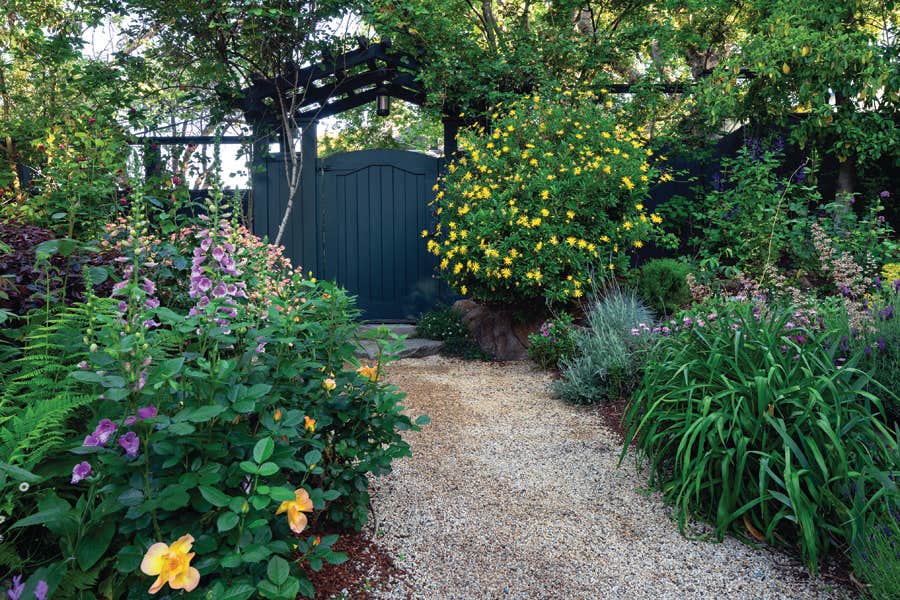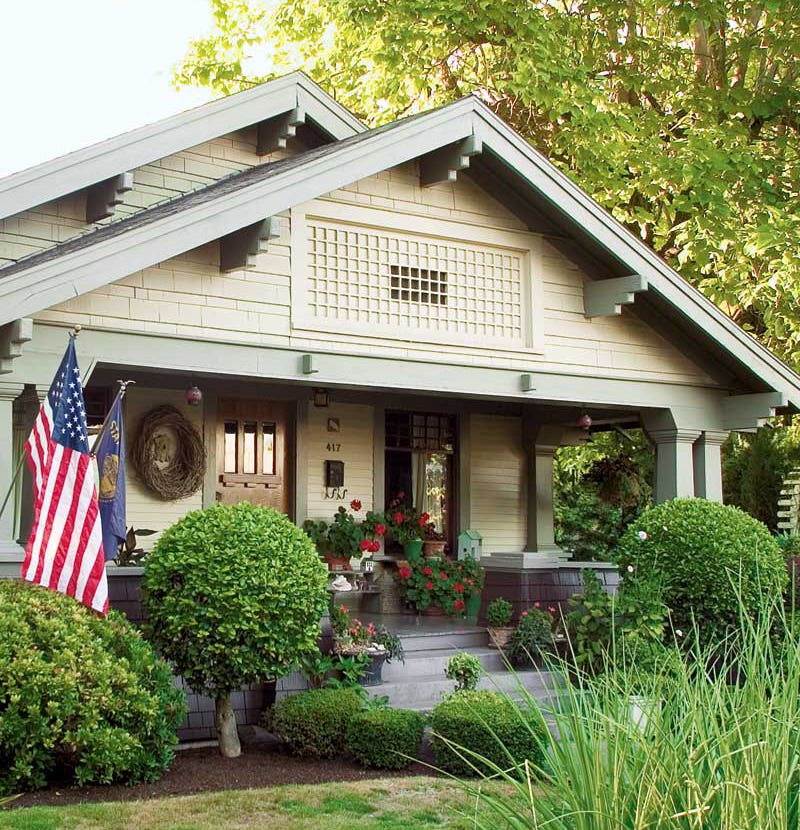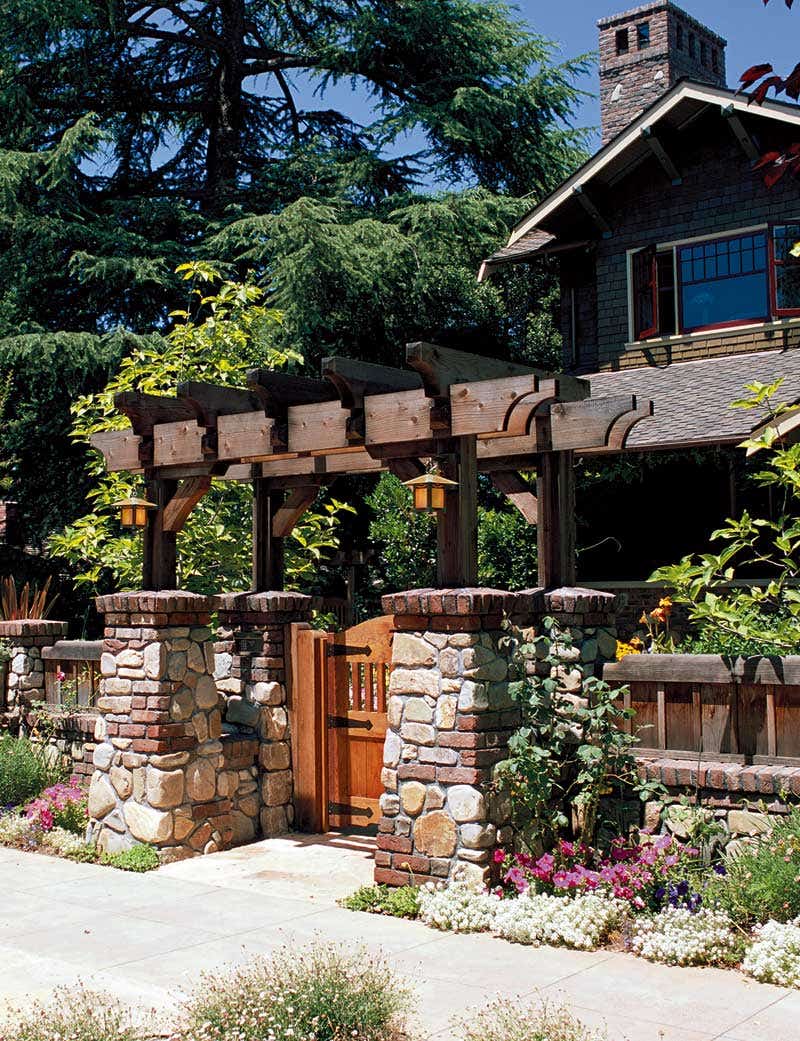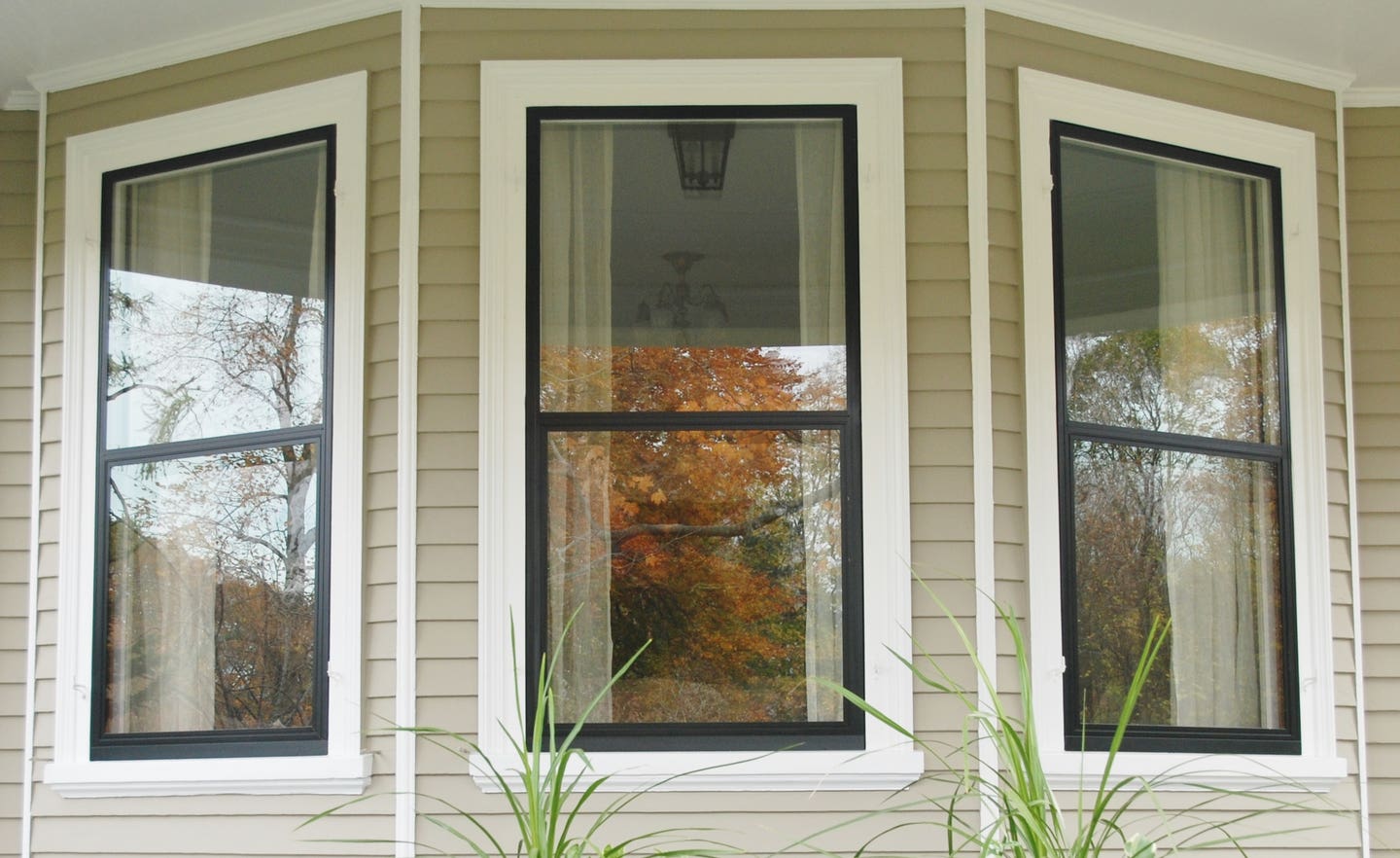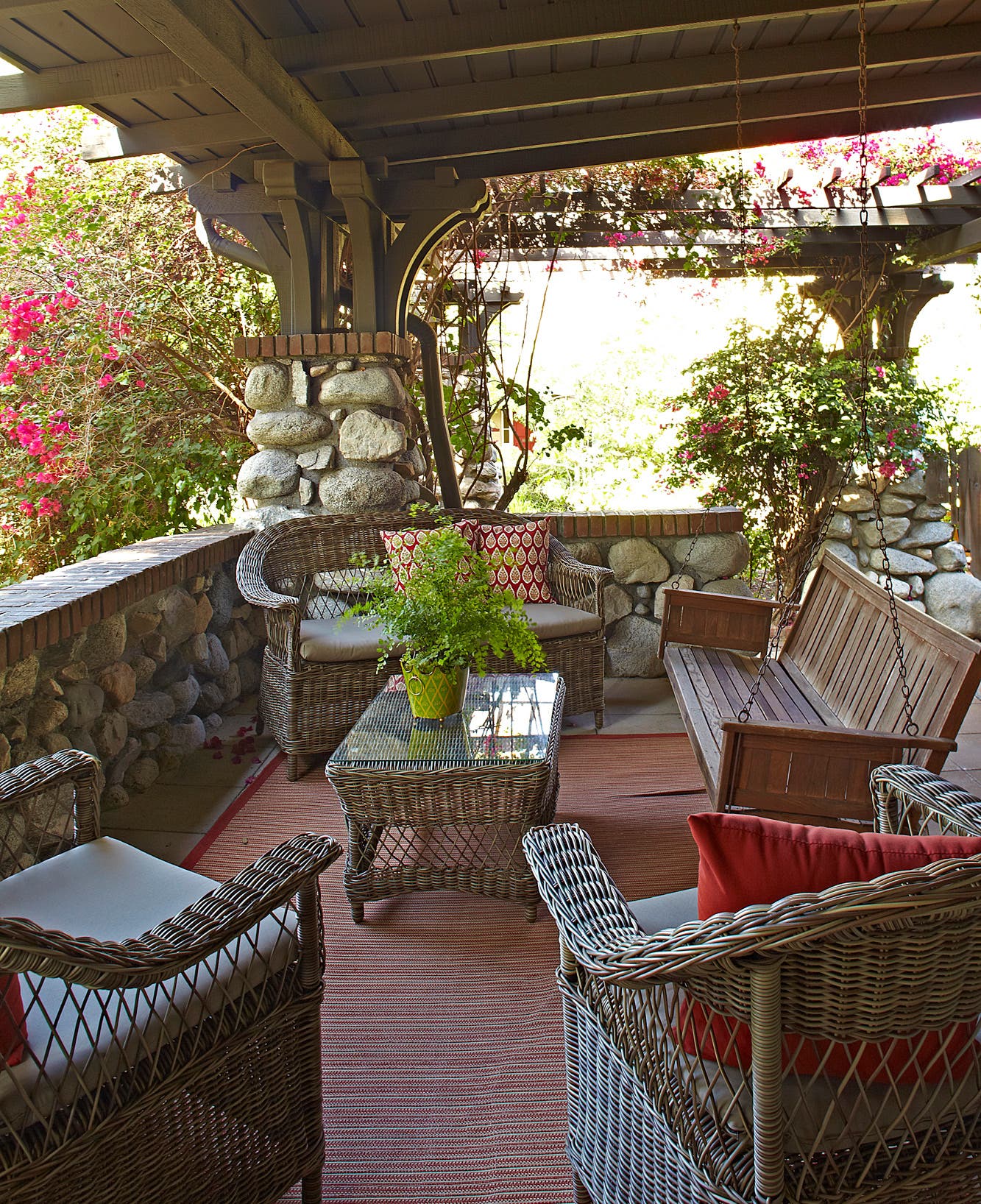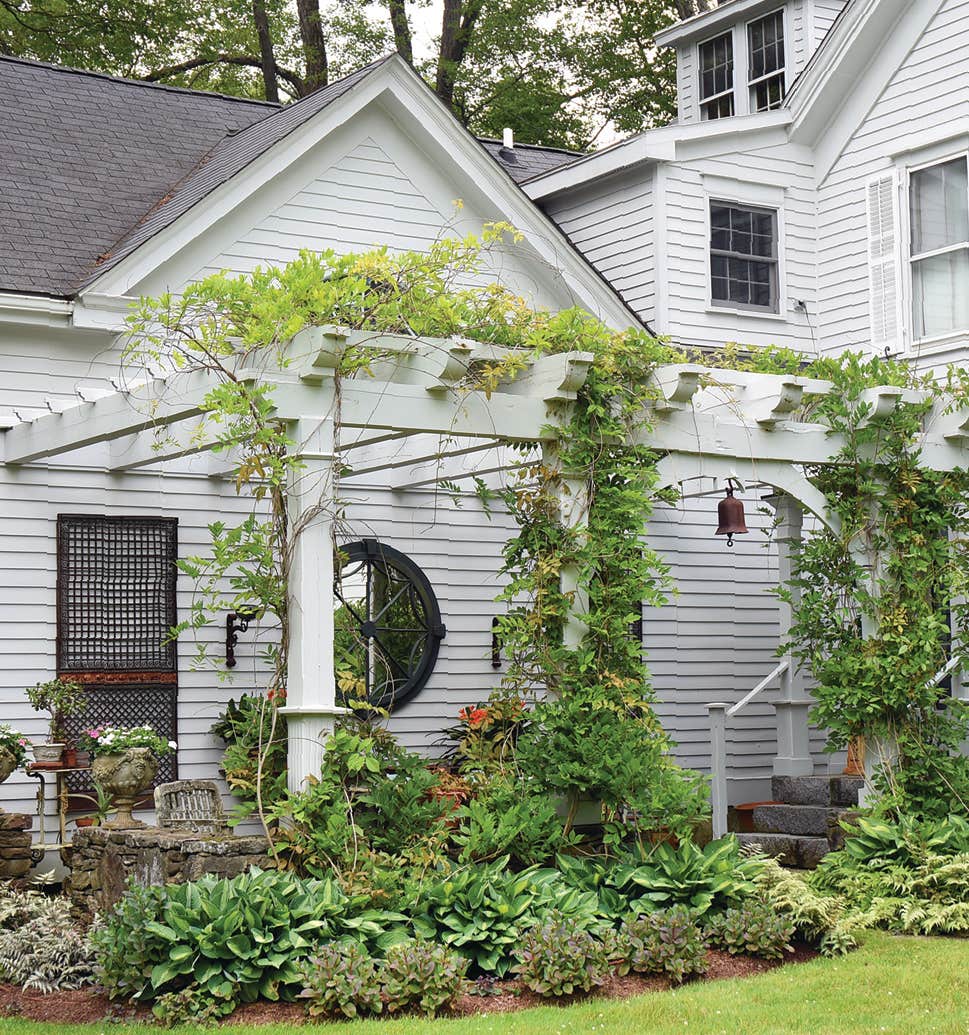Another Side of Jasmine Hill
This “Grecian garden” in Alabama presents Classicism in a context that’s decidedly 20th century.
One might wonder how marble busts of Homer and Socrates, a classical fountain and a statue of Athena came to populate so effusive an American garden. The story began in 1928, when chain-store owners Benjamin and Mary Fitzpatrick retired to an 1830s cottage on this central Alabama hilltop and took to developing a living memorial to Ancient Greece.
In ensuing years, they traveled to Greece two dozen times, studying at the American Classical School in Athens and purchasing objects of art. Their vision grew into an outdoor museum on over 20 acres, where statuary and more can be discovered amidst colorful Grecian gardens in bloom all year.
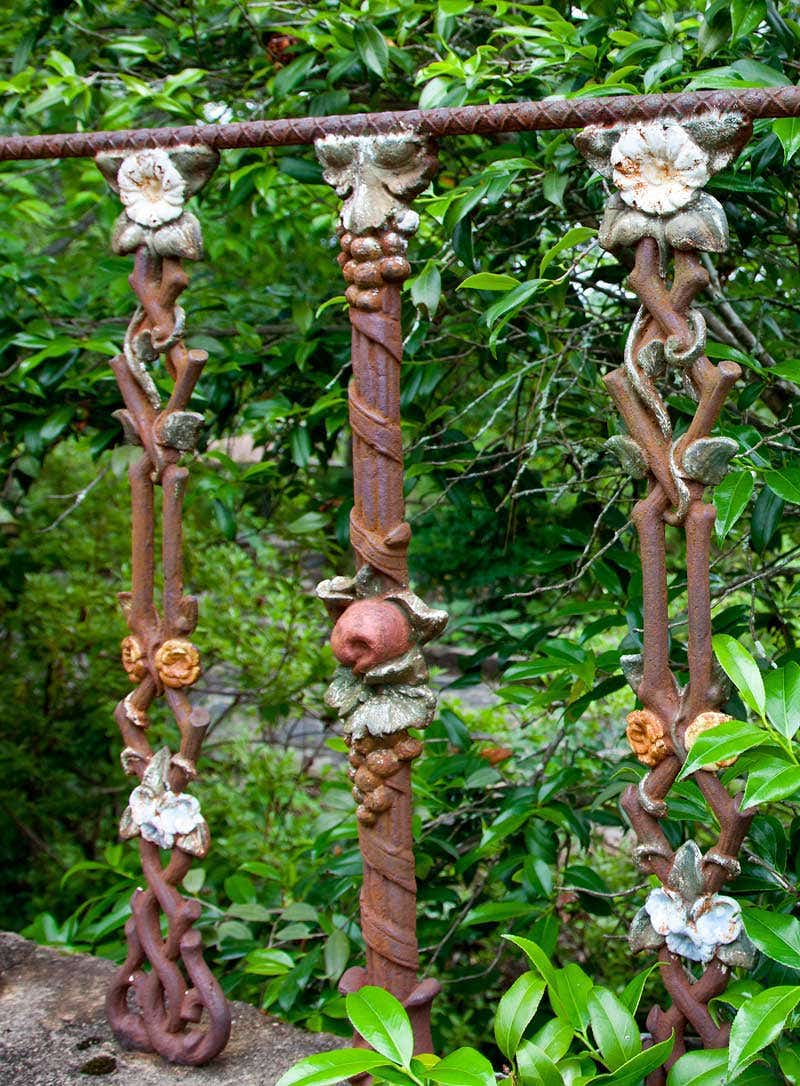
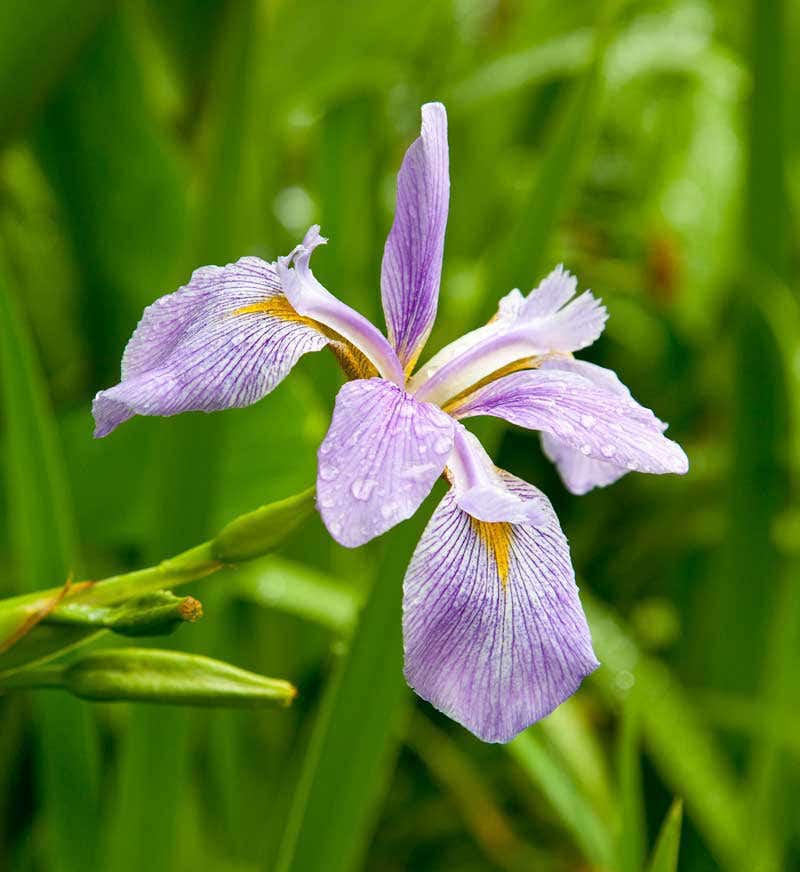
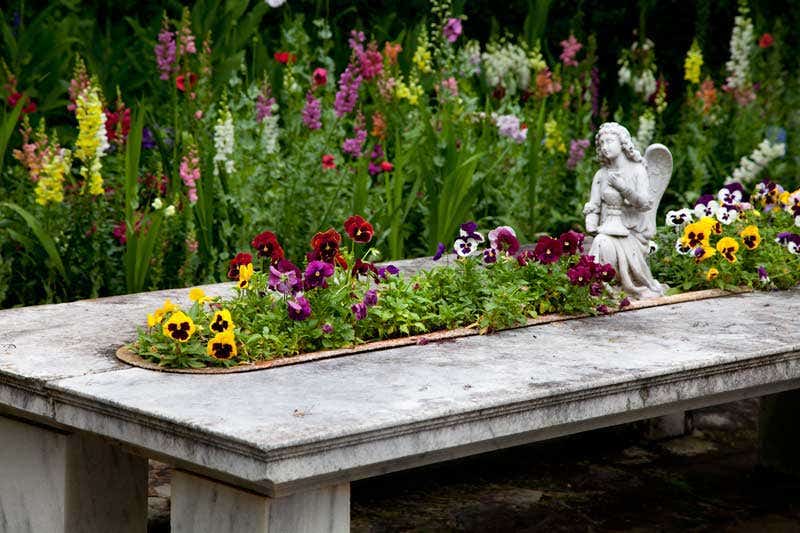

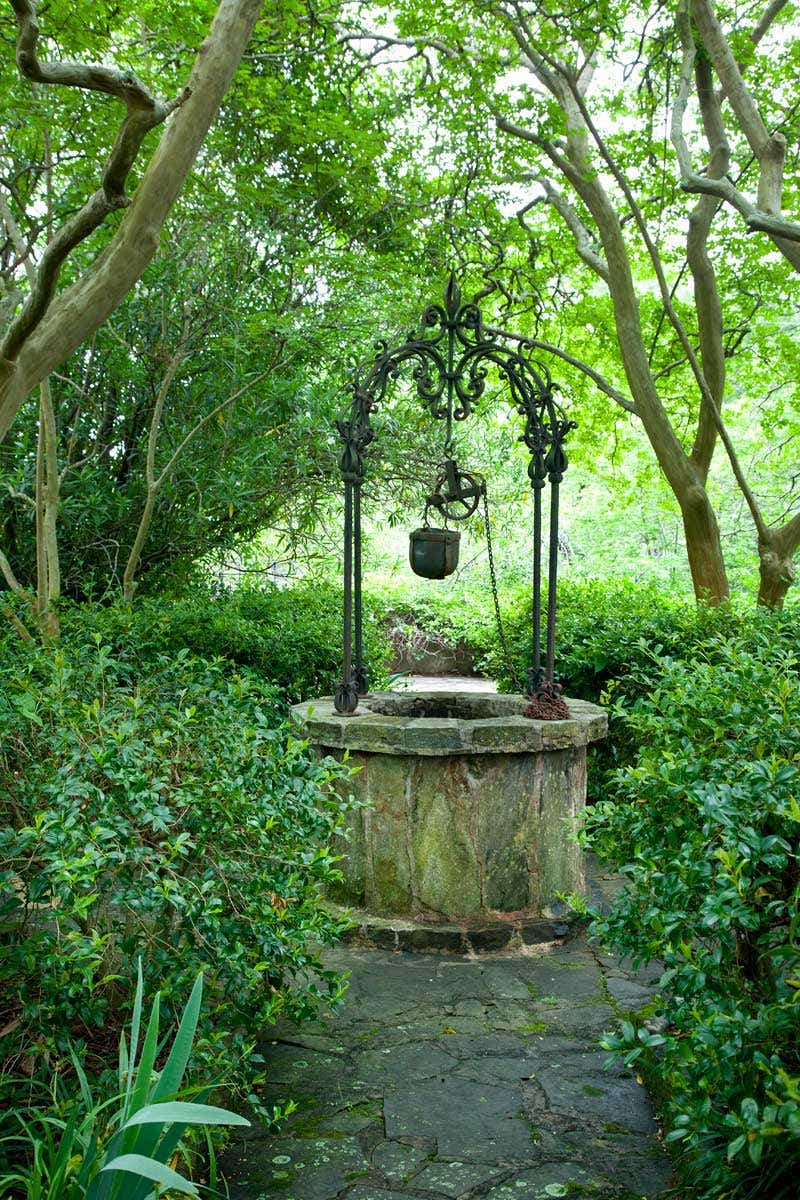

Since the 1970s, Jasmine Hill has been supported by Jim and Elmore Inscoe, who continue the work of the founders. They promote the arts through the display (and maintenance) of original and replica artworks, horticultural programs, and classical education. Their foundation has even built a re-creation of the Temple of Hera—Jasmine Hill’s Olympian Centre.
Like gardens of the Arts & Crafts era and gardening’s golden age, this one looks for a balance between nature and the hand of man. Though the art may be classical, the presentation is in the manner of the early 20th century. Plantings are voluptuous and flowers abundant within a framework of flagstone paths and careful placements.
Jasmine Hill is open to the public weekends, seasonally; tours can be arranged year-round for groups of 20 or more: jasminehill.org
Patricia Poore is Editor-in-chief of Old House Journal and Arts & Crafts Homes, as well as editorial director at Active Interest Media’s Home Group, overseeing New Old House, Traditional Building, and special-interest publications.
Poore joined Old House Journal when it was a Brooklyn-brownstoner newsletter in the late 1970s. She became owner and publisher and, except for the years 2002–2013, has been its editor. Poore founded the magazines Old-House Interiors (1995–2013) and Early Homes (2004–2017); their content is now available online and folded into Old-House Journal’s wider coverage. Poore also created GARBAGE magazine (1989–1994), the first unaffiliated environmental consumer magazine.
Poore has participated, hands-on, in several restorations, including her own homes: a 1911 brownstone in Park Slope, Brooklyn, and a 1904 Tudor–Shingle Style house in Gloucester, Massachusetts, where she brought up her boys and their wonderful dogs.



